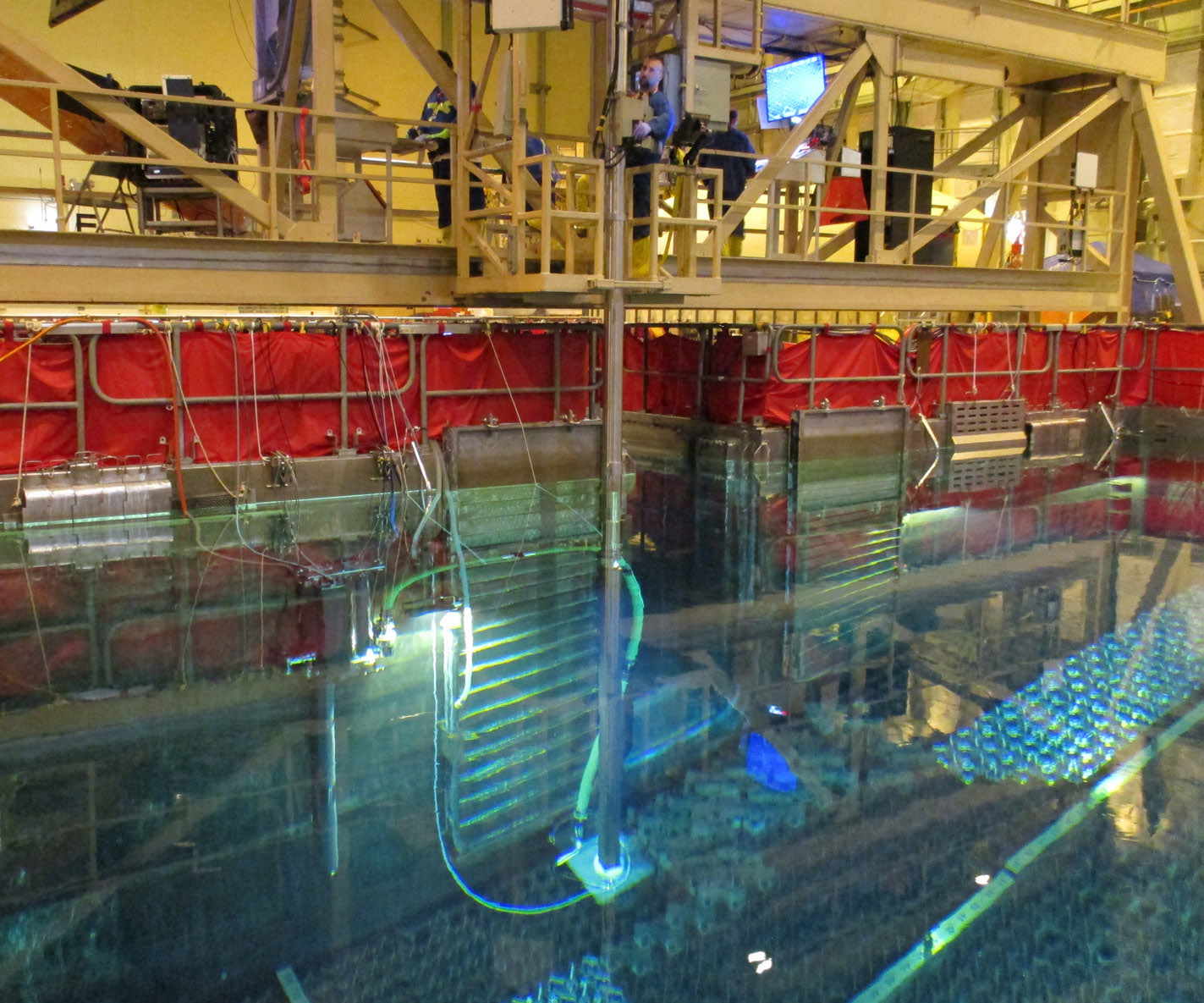An aerial shot of the Westinghouse Springfields site, located near Preston, Lancashire, in northwestern England. (Photo: Westinghouse)
Westinghouse has signed a contract with Rolls-Royce SMR to develop a fuel design for the British firm’s small modular reactor program, the companies announced last week.
The design work, to be undertaken in the United Kingdom and the United States, will include associated core components and will be based on an existing Westinghouse pressurized water reactor fuel assembly design.
The 16-centrifuge HALEU demonstration cascade sits within a vast DOE-owned facility with room for more than 11,000 centrifuges. (Photo: Centrus)
American Centrifuge Operating (ACO), a subsidiary of Centrus Energy, has started enriching uranium hexafluoride gas to high-assay low-enriched uranium (HALEU) levels at the Department of Energy’s enrichment facility in Piketon, Ohio, the DOE announced October 11. The HALEU will be used to help fuel the initial cores of two demonstration reactors awarded under DOE’s Advanced Reactor Demonstration Program and will also support fuel qualification and the testing of other new advanced reactor designs.
The TRIGA shipment was received September 27. (Photo: Kate Myers/Penn State)
Penn State’s Radiation Science and Engineering Center (RSEC) has received the first new TRIGA fuel shipped to the United States since 2012, the university announced on September 28. The fuel reached University Park, Pa., on September 27 and is destined for RSEC’s Breazeale Reactor, the nation’s longest continuously operating university research reactor.
Upper-level view of Centrus’s HALEU cascade. (Photo: Centrus Energy)
The Nuclear Regulatory Commission is requesting comments on the regulatory basis for a proposed rule for light water reactor fuel designs featuring high-assay low-enriched uranium (HALEU), including accident tolerant fuel (ATF) designs, and on draft guidance for the environmental evaluation of ATFs containing uranium enriched up to 8 percent U-235. Some of the HALEU feedstock for those LWR fuels and for advanced reactor fuels could be produced within the first Category II fuel facility licensed by the NRC—Centrus Energy’s American Centrifuge Plant in Piketon, Ohio. On September 21, the NRC approved the start of enrichment operations in the plant’s modest 16-machine HALEU demonstration cascade.
Executives from Westinghouse and Slovenské Elektrárne met in the Slovakian capital of Bratislava to sign the agreement to license and supply VVER-440 fuel assemblies. From left are Aziz Dag, senior vice president and managing director of Westinghouse Electric Sweden; Lukáš Maršálek, deputy director for the accounting, finance, and control department of Slovenské Elektrárne; Tarik Choho, Westinghouse president of nuclear fuel; and Branislav Strýček, director general of Slovenske Elektrárne. (Photo: Westinghouse)
In the latest example of Europe’s move away from its dependence on Russia for VVER reactor fuel, Westinghouse Electric Company on Friday signed a long-term agreement with Slovakia’s nuclear power plant operator, Slovenské Elektrárne, to license and supply VVER-440 fuel assemblies.
An aerial view of Westinghouse’s Springfields Fuel Fabrication Facility, near Preston, Lancashire, in northwestern England. (Photo: Westinghouse)
Through its now one-year-old Nuclear Fuel Fund, the U.K. government has awarded Westinghouse three grants to upgrade and expand the Springfields Fuel Fabrication Facility to support Britain’s next-generation nuclear reactors, the American-based company announced yesterday.
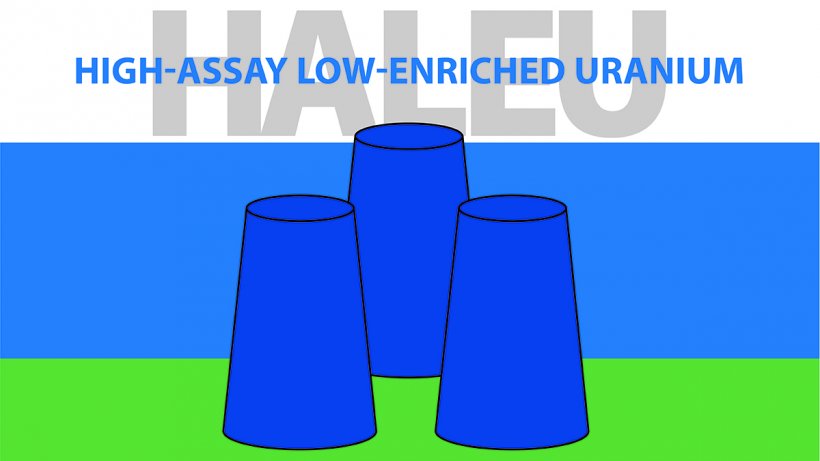



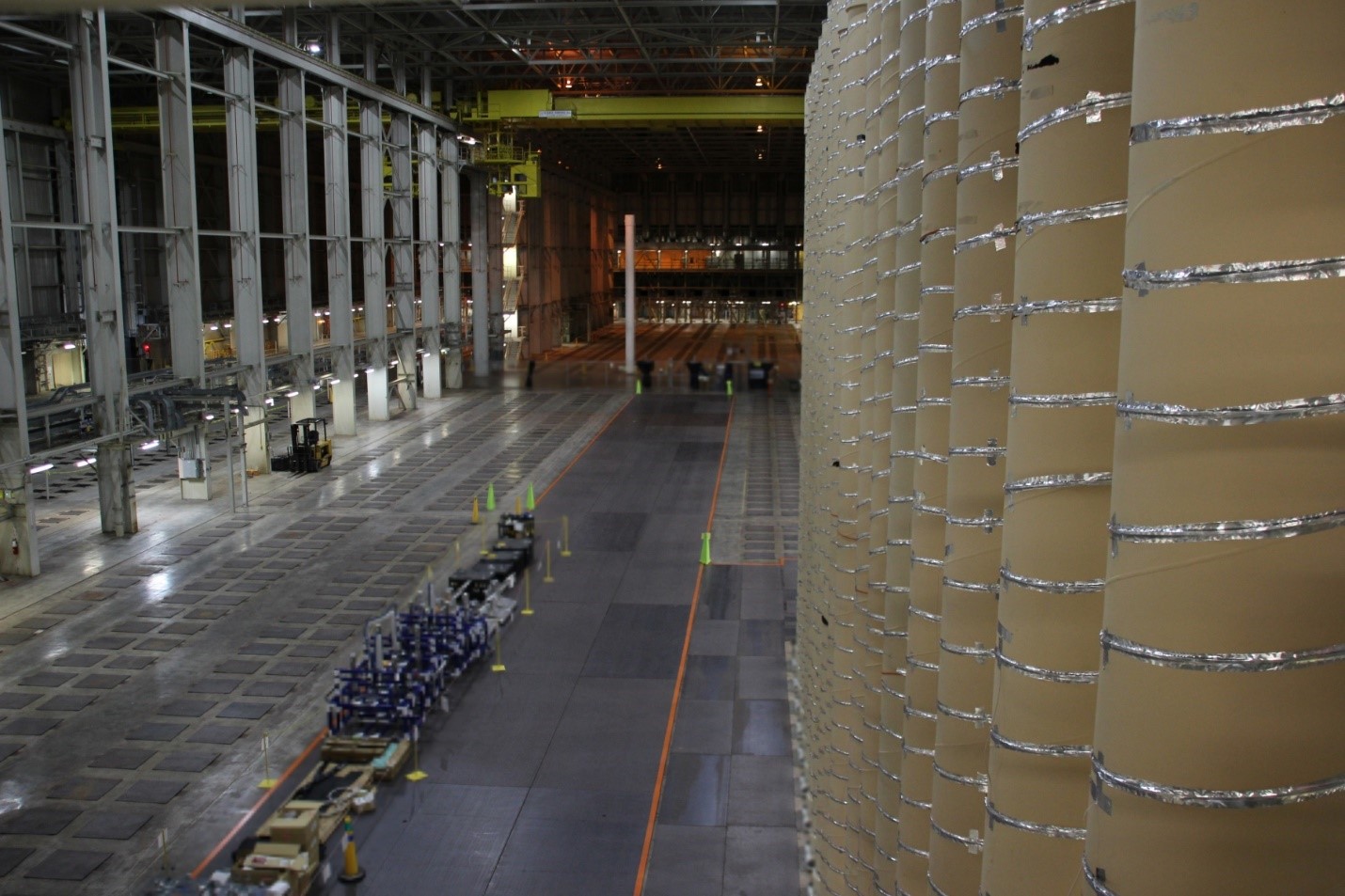
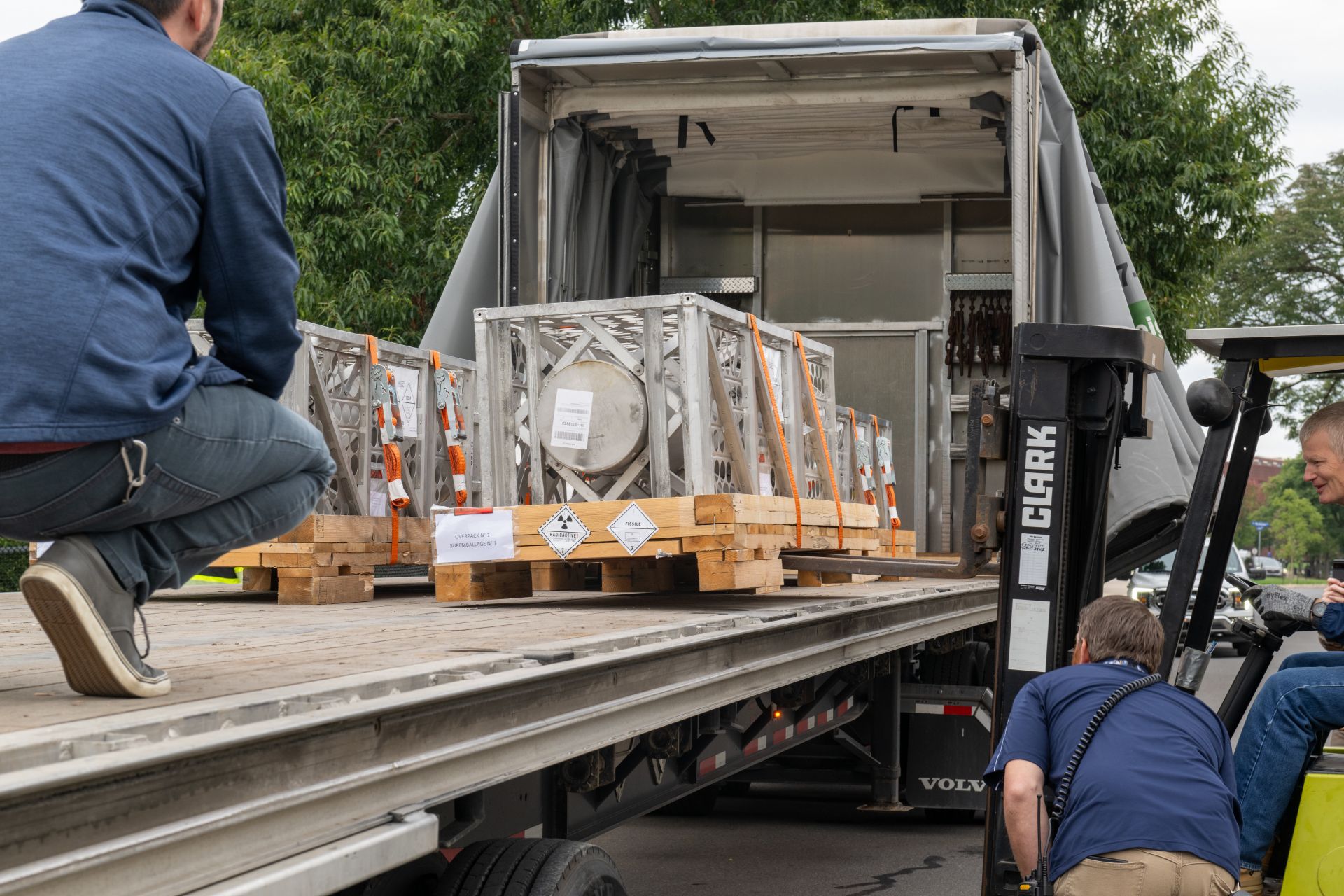
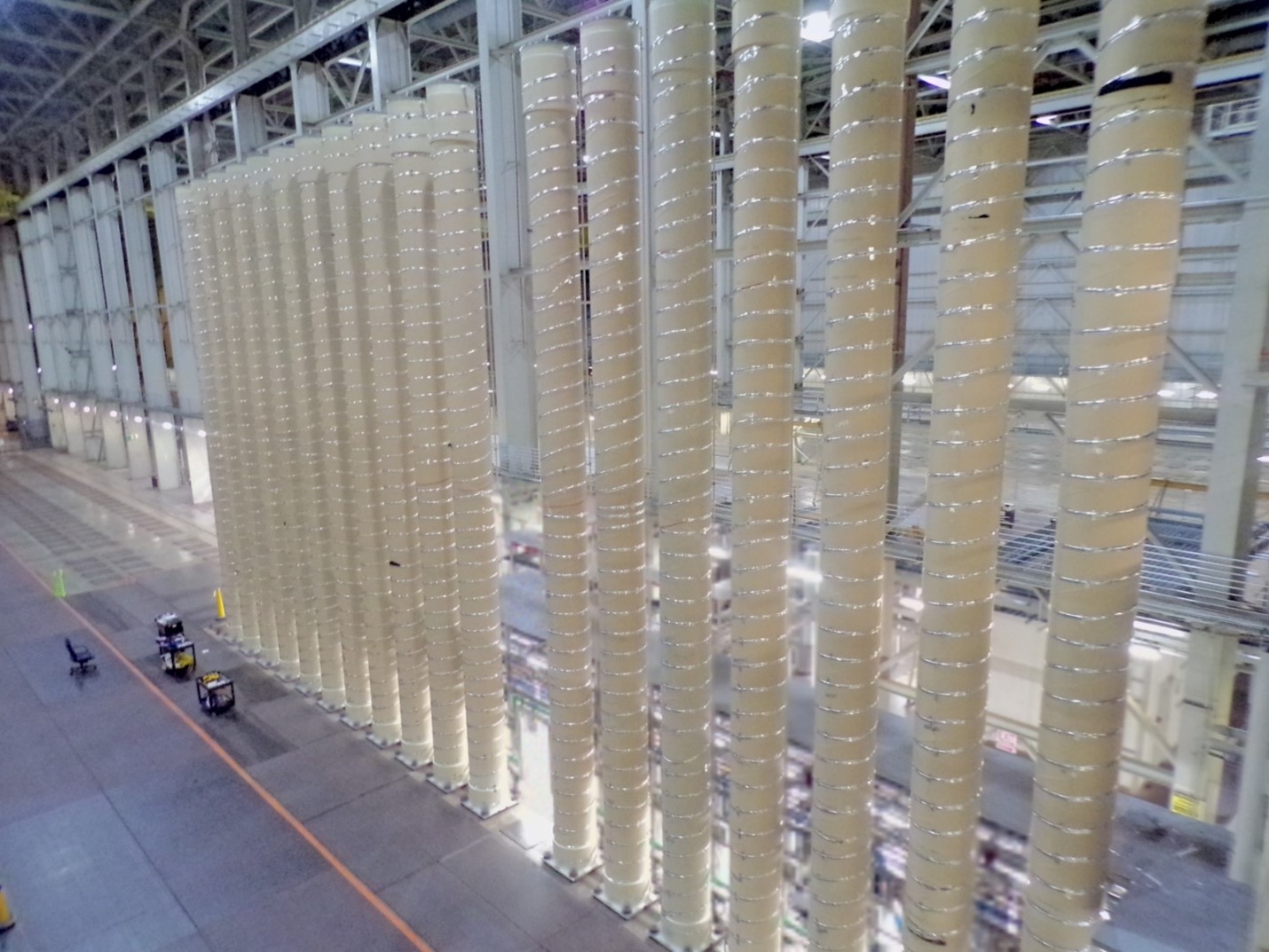

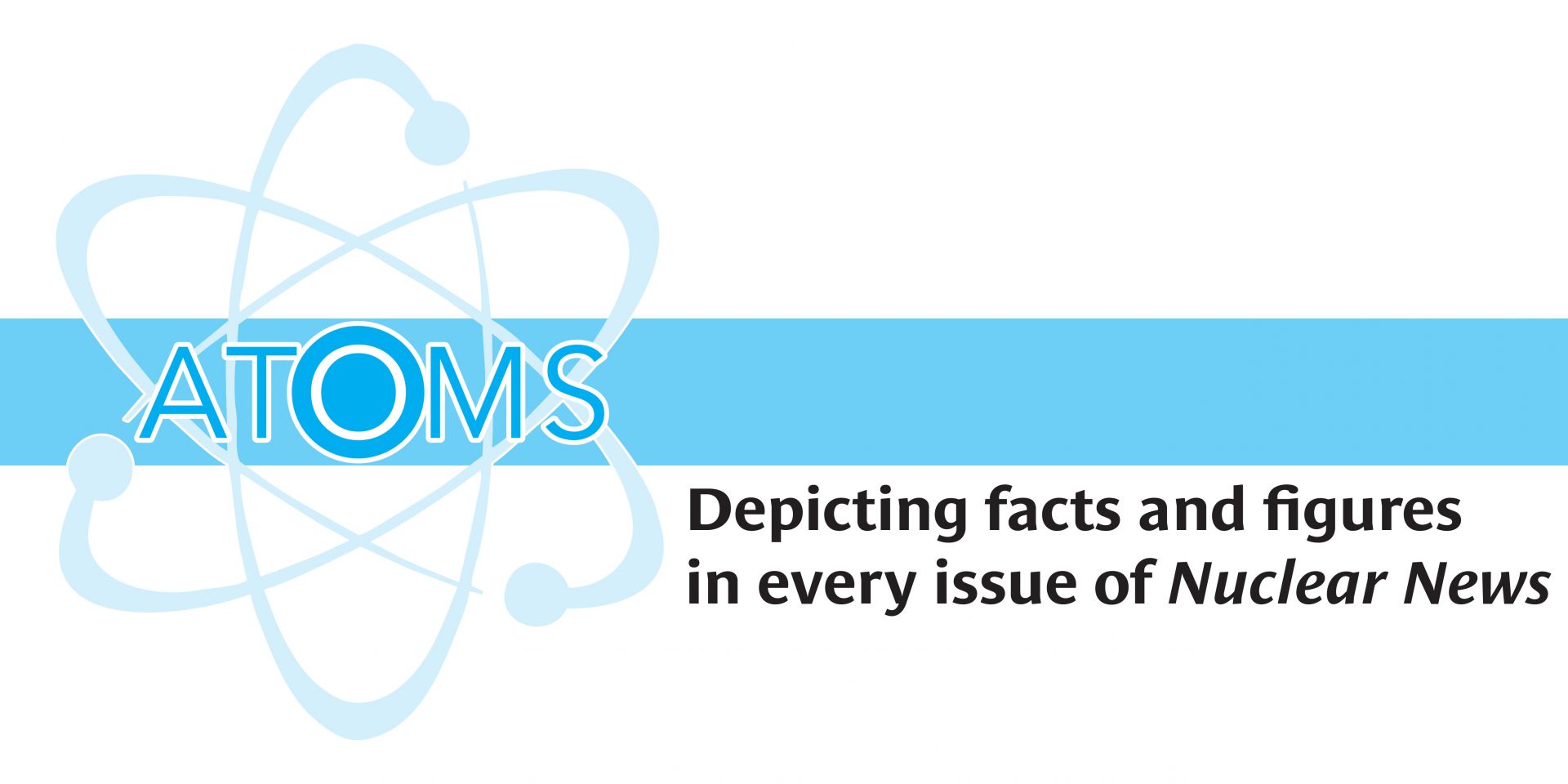

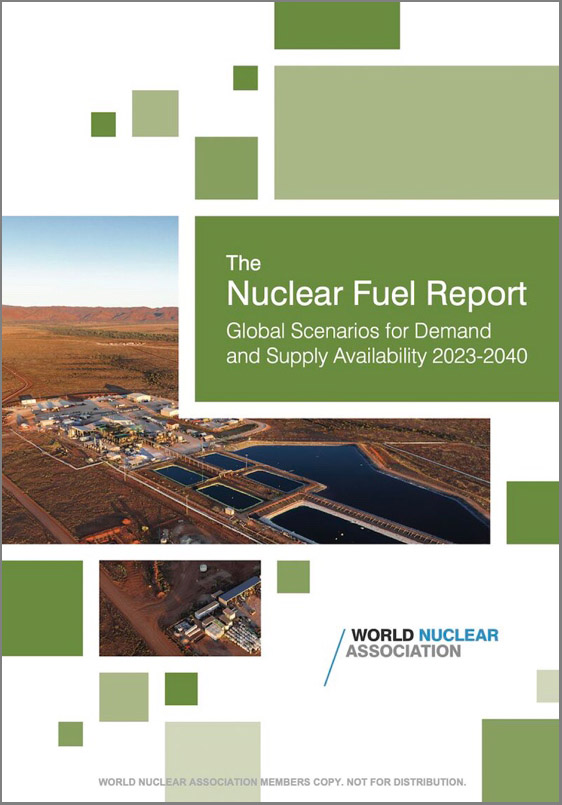 According to the World Nuclear Association’s newly released
According to the World Nuclear Association’s newly released 




